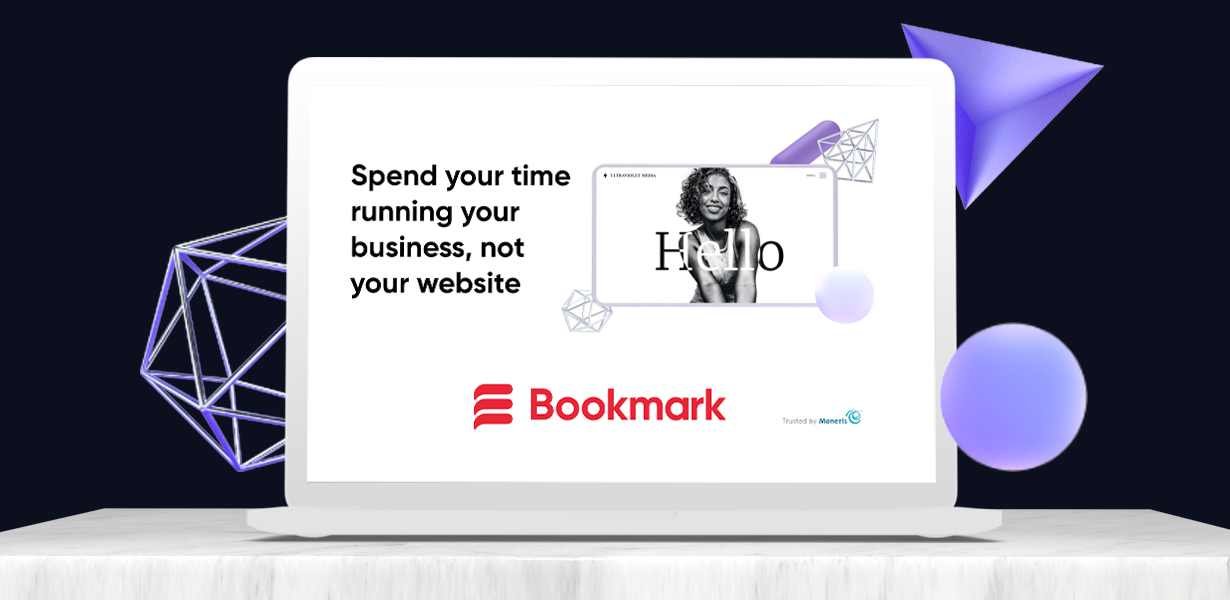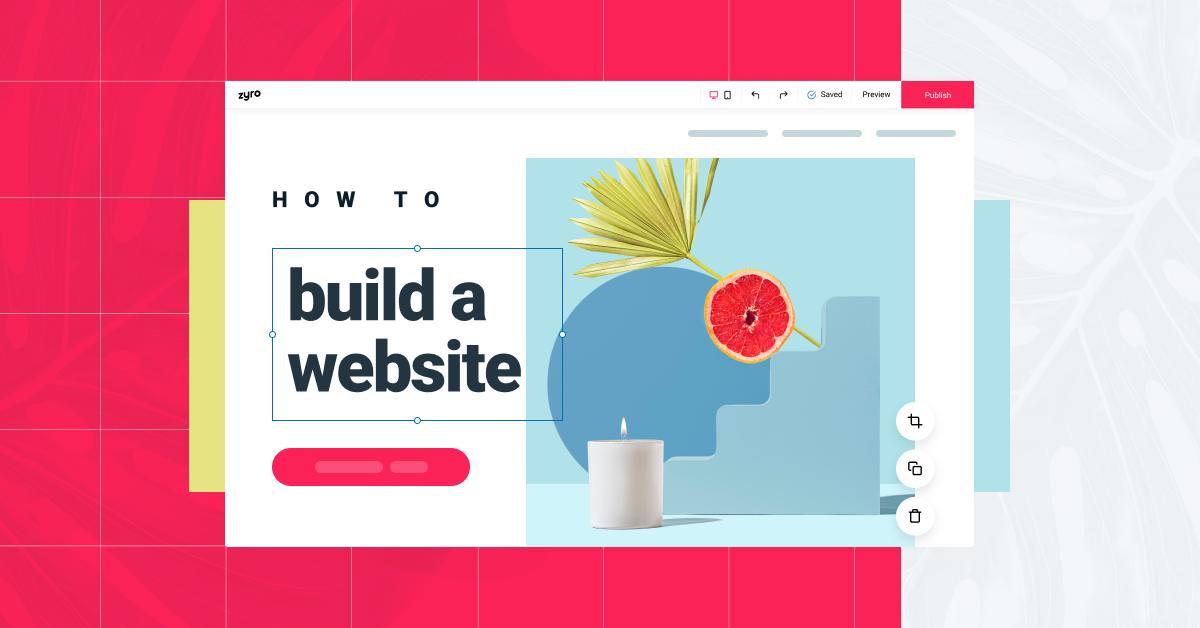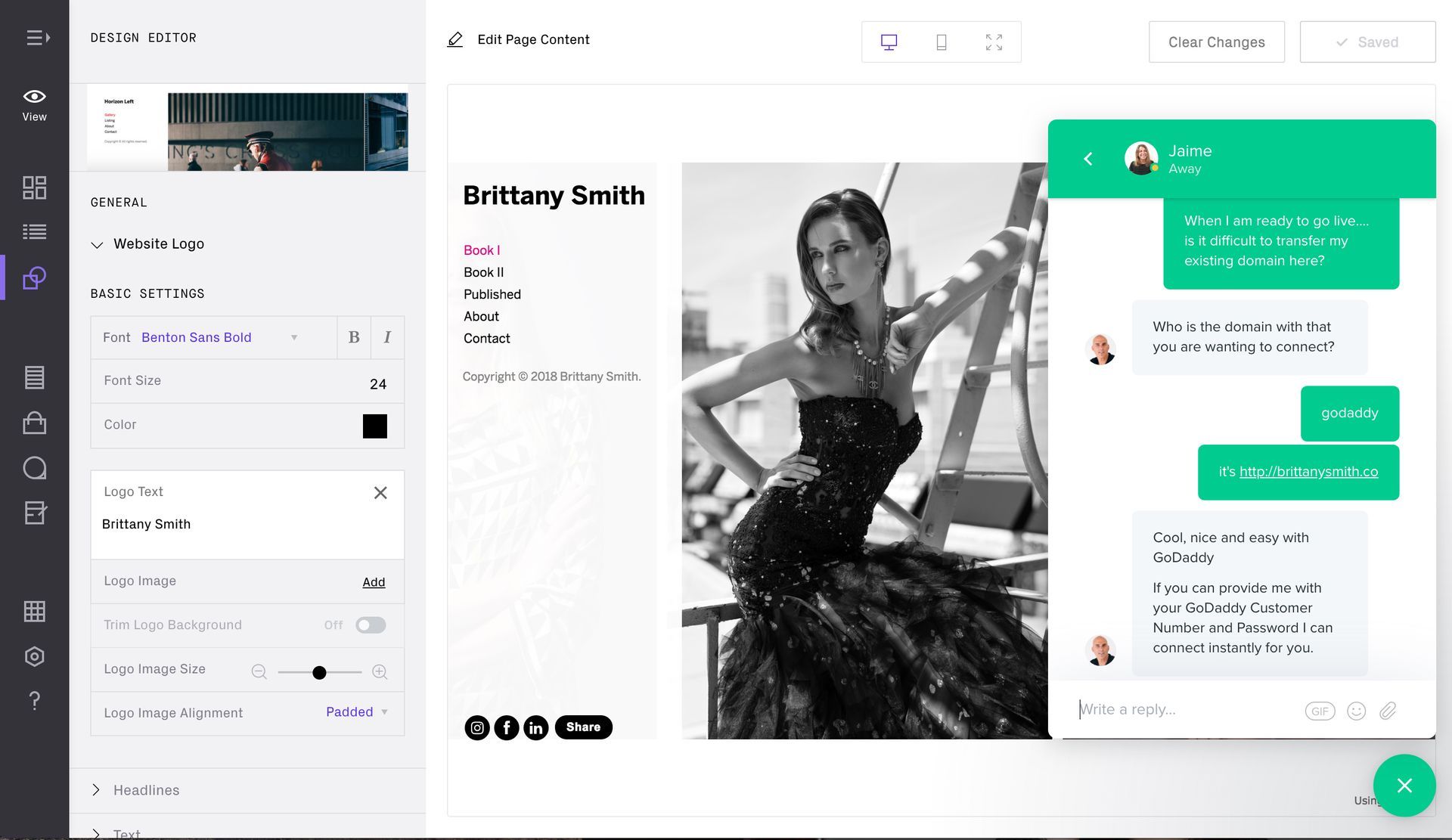8 Minute Read
Web Design Psychology
Understanding User Behavior
Web design is a multidisciplinary field that combines technology, art, and psychology to create compelling digital experiences. While the technical aspects of web development are crucial, understanding the psychological principles behind web design is equally important.
This knowledge can help web designers create websites that engage users, encourage them to take desired actions, and ultimately enhance the user experience. In this guide, I'll dive into the world of web design psychology, covering various aspects and principles that designers should consider to create effective and user-friendly websites.
Let's explore this fascinating world!

Table of Contents
- Introduction
- The Importance of Web Design Psychology
- The Psychology of Visual Elements
- User Experience (UX) and Psychology
- Cognitive Psychology in Web Design
- Emotional Design
- User Behavior and Conversion
- Accessibility and Inclusivity
- Mobile and Responsive Design
- Web Design Psychology Tools and Techniques

Introduction
Web design is an intricate art form that goes far beyond the surface-level creation of visually appealing websites; it encompasses a deep understanding of human behavior and psychology in order to construct websites that flawlessly serve their intended purpose.
In our rapidly evolving digital age, where websites serve as the virtual face of businesses and organizations, web designers are faced with the monumental task of taking into account not only aesthetics, but also the complex ways in which users interact with and perceive their online platforms.
Gone are the days when a website's success was solely determined by its outward appearance. Today, it is crucial for web designers to delve into the intricate workings of the human mind and comprehend the underlying motivations and behaviors that drive users to engage with online content.
By doing so, they can create websites that not only captivate the eyes but also effectively meet the needs and desires of their target audience.
Understanding human psychology is key to developing websites that truly resonate with users. From the colors used to the layout and navigation options, every aspect of a website can elicit specific emotions and reactions from visitors. By utilizing this knowledge, web designers can strategically craft websites that evoke the desired response, whether it be excitement, trust, or a sense of professionalism.
Furthermore, web designers must also consider the way users interact with their websites. User experience (UX) design has emerged as a critical component of web design, focusing on creating websites that are intuitive, easy to navigate, and enjoyable to use.
By analyzing user behavior and conducting extensive research, web designers can optimize the user journey, ensuring that visitors can effortlessly find the information they are seeking and complete desired actions, such as making a purchase or submitting a contact form.
In an era where attention spans are dwindling, web designers must also be cognizant of how users perceive their websites. Visual hierarchy plays a crucial role in guiding users' attention to the most important elements and information on a website.
By strategically placing key content, utilizing typography effectively, and employing visual cues, web designers can ensure that users easily grasp the intended message and purpose of the website, even with a limited amount of time and attention.
Web design has evolved into a multi-faceted discipline that encompasses not only aesthetic considerations, but also a deep understanding of human behavior and psychology. To create websites that effectively serve their purpose, web designers must go beyond surface-level aesthetics and consider how users interact with and perceive their online platforms.

The Importance of Web Design Psychology
The design of a website has a significant impact on user behavior, engagement, and overall satisfaction. Understanding the psychological principles behind web design is crucial for several reasons:
- User Engagement: A well-designed website can capture users' attention, keeping them engaged and encouraging them to explore further.
- User Retention: Design elements that align with human psychology can help retain visitors and reduce bounce rates.
- Conversion Optimization: Knowing how users think and make decisions allows designers to create effective call-to-action elements that drive conversions.
- Branding and Credibility: Design choices can convey trust, credibility, and a strong branding image.
- User Satisfaction: A website that aligns with user expectations and cognitive processes results in higher user satisfaction.

The Psychology of Visual Elements
Color Psychology
Color theory plays an important role in the psychology of colors, so keep the following in mind:
- Colors evoke emotions and can be used strategically to create specific moods and feelings.
- Understanding color psychology can help designers choose the right color scheme that resonates with the website's purpose and audience.
- Colors should be used consistently to create a cohesive visual experience.
Typography
- Font choices affect readability and user perception.
- Serif vs. sans-serif fonts and font size can influence how users interpret content.
- Typography should align with the website's branding and content style.
Imagery
- Images and graphics play a vital role in conveying information and emotions.
- The selection of images should resonate with the content and the target audience.
- Authentic and relatable visuals are often more effective.

User Experience (UX) and Psychology
Navigation and Information Architecture
- In your layout design, use effective navigation and information hierarchy make it easier for users to find what they need.
- Understanding user mental models and information helps in designing effective navigation menus.
- Reducing cognitive load by simplifying menus and categories is essential.
Website Responsiveness
- The need for responsiveness is driven by user expectations.
- Slow-loading websites frustrate users, leading to a negative perception of the site.
- Designing for various screen sizes and devices ensures a consistent user experience.
Loading Speed
- Slow loading times can lead to high bounce rates and abandoned visits.
- Users expect websites to load quickly, and delays can negatively impact the user experience.
- Optimizing images and using content delivery networks (CDNs) can improve loading speed.

Cognitive Psychology in Web Design
Attention and Perception
- Understanding visual hierarchy and how users allocate attention is crucial.
- The use of contrast, focal points, and whitespace can guide users' attention to key elements.
- Perception of information is influenced by design elements such as size, position, and color.
Memory and Learning
- Design elements can aid memory retention and learning.
- Consistent navigation, clear labels, and intuitive interactions make it easier for users to learn and remember how to use a website.
- Feedback and confirmations reinforce learning.
Decision-Making
- Understanding decision-making heuristics and biases can inform the design of persuasive elements.
- For e-commerce websites, designing product pages that address decision-making hurdles can boost sales.
- Transparency and clear information support informed decision-making.

Emotional Design
Emotional Appeal
- Emotional design elements can create a connection between the user and the website and this has been proven time and time again by multiple case studies.
- The use of emotional visuals, storytelling, and content can engage users on a deeper level.
- Positive emotions can lead to a more favorable perception of a website.
Trust and Credibility
- Building trust is essential for websites, especially those handling sensitive information or financial transactions.
- Trust signals, such as security icons and clear privacy policies, should be prominently displayed.
- Consistency in design and content reinforces credibility.
Branding and Consistency
- Consistency in design elements, including colors, typography, and imagery, helps reinforce branding.
- A strong brand image creates a sense of familiarity and trust.
- Design choices should align with the brand's values and personality.
When it comes to emotional design, you may want to take a look at some current web design trends to determine which design trend works best for convey emotional appeal.

User Behavior and Conversion
Call-to-Action (CTA) Psychology
- An effective call-to-action should be visually prominent and emotionally compelling.
- Understanding user motivations and objections can inform CTA design.
- A/B testing can help optimize CTA placement and wording.
Forms and Input Fields
- User-friendly forms are essential for collecting data and encouraging interaction.
- Field labels, input validation, and error handling can impact form completion rates.
- Minimizing form fields and providing clear instructions improves the user experience.
E-commerce Psychology
- E-commerce websites benefit from psychology-driven design choices.
- Product presentation, pricing strategies, and cart design influence purchasing decisions.
- User reviews and social proof can enhance trust and conversion rates.

Accessibility and Inclusivity
Web Design for All
- Inclusivity involves designing for users with disabilities, including cognitive, visual, and auditory impairments.
- Web Content Accessibility Guidelines (WCAG) provide standards for accessible web design.
- Prioritizing inclusivity is not only ethical but also extends a website's reach to a broader audience.
Cognitive Accessibility
- Cognitive accessibility includes making websites comprehensible to users with cognitive impairments or limitations.
- Simplifying language, providing clear instructions, and avoiding distractions are essential.
- Providing alternative formats, such as audio content, benefits users with reading difficulties.
Visual Impairments
- Design choices, such as proper HTML structure, alt text for images, and scalable text, support users with visual impairments.
- Screen readers and assistive technologies rely on well-structured content.
- Ensuring keyboard navigation is intuitive is critical for users who cannot use a mouse.

Mobile and Responsive Design
Mobile User Behavior
- Mobile users have different needs and behaviors compared to desktop users and you should utilize a mobile first design strategy.
- Mobile design should prioritize essential content and actions due to limited screen space.
- Gestures, swiping, and tap interactions should be intuitive.
Designing for Touchscreens
- Touchscreen devices require larger touch targets and responsive design.
- Ensuring buttons and links are touch-friendly is critical for usability.
- Minimizing text input on mobile forms is advisable.
Responsive Design Principles
- Responsive design adapts to various screen sizes and orientations.
- CSS media queries and flexible grids are tools for creating responsive layouts.
- Testing on different devices is essential to ensure a seamless experience.

Web Design Psychology Tools and Techniques
When designing a website, it is important to take a user-centered design approach to your design process and purchase web design tools that will help you to assess user behavior.
Follow these recommendations to get started:
A/B Testing
- A/B testing involves experimenting with different design variations to determine which performs better.
- It helps in optimizing elements like CTA buttons, images, and headlines.
- Data-driven decisions lead to improved user engagement and conversion rates.
Eye-Tracking Studies
- Eye-tracking studies reveal where users focus their attention on a webpage.
- Findings from these studies can inform design choices, such as placing important information in areas that naturally attract attention.
- Heatmaps and gaze plots are visual representations of eye-tracking data.
Surveys and Feedback
- Gathering user feedback through surveys and feedback forms can provide valuable insights.
- Direct feedback from users helps identify pain points and areas for improvement.
- Continuous improvement based on user feedback enhances the overall user experience.





